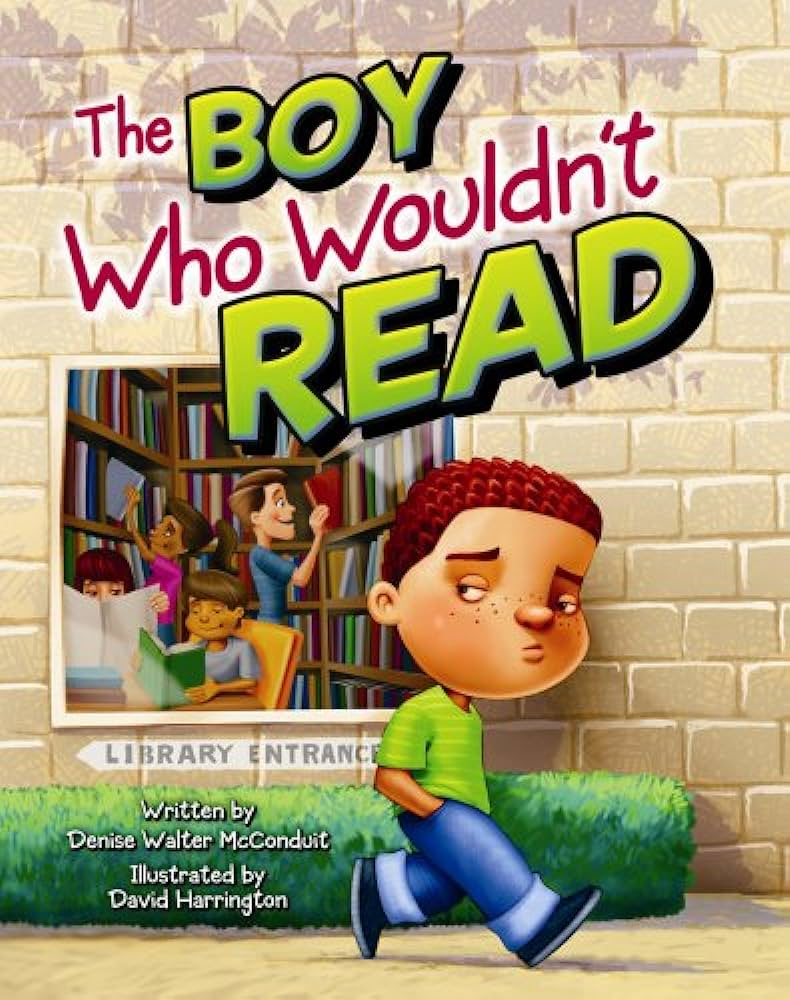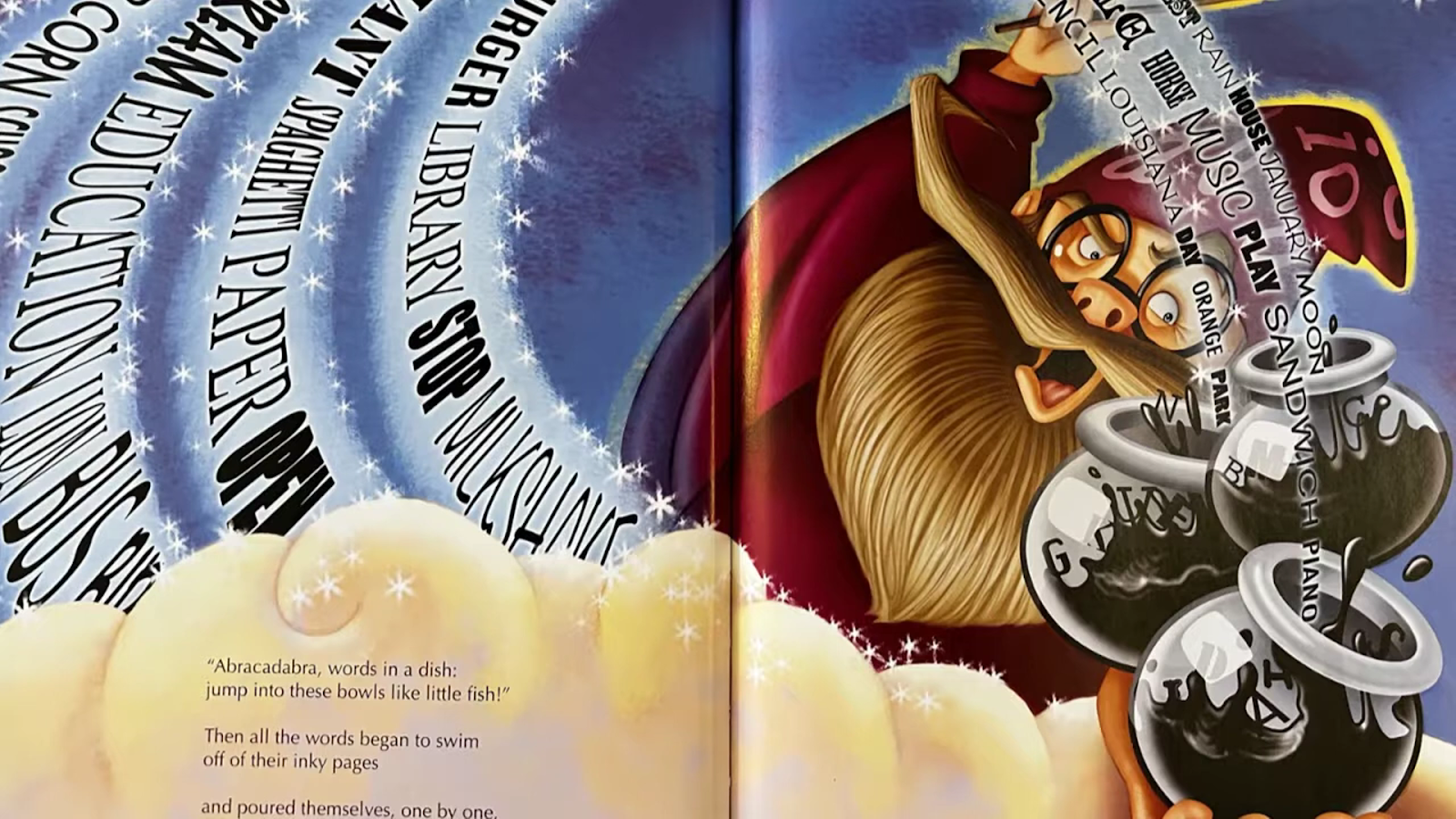Imagine your the son of a famous, Super Bowl Champion football player, and your father is everything you love and look up to. In Jacqueline Woodson's novel in verse, ZJ is a 12 year-old boy who experiences the heartache of watching his father go from being in his prime to suffering from a mysterious braid injury that no one can explain. This is a relatively short story outlining the confusing slow burning grief that comes from losing a loved one with them physically pass away. ZJ begin his telling of this journey by introducing the relationship he has with his father, “He’s not my hero, he’s my dad, which means he’s my every single thing.” On the other hand, ZJ had no interest in following in his father's footsteps by becoming a football player, his passion resides in music. He talks about his friends, and how they were almost always around. This is why it ZJ and his friends thought his dad was joking New Year's Eve Dec. 1999 and he began yelling asking who those kids were and why they were in his house. As a child, it can be unimaginable to see your father, a man who can take on the world and walk away without a scratch, suddenly seem like the most fragile being on the planet. Today we know that football players are highly susceptible to developing CTE, but at the time ZJ's father began showing symptoms of this degenerative neurological condition, the NFL adamantly denied the possibility of such a connection. Thankfully, in 2016 the facts could no longer be denied. Jacqueline Woodson, gave us this story as a heartbreaking look at the price of bein at the top of a highly aggressive sport. Because of the long term physical and neurological abuse his career put him through, ZJ lost his father long before he should have. The novel ends with ZJ playing his music for his father and getting a small precious glimpse of the man he used to be.
Discussion and Classroom Application
Along with studying this novel during a poetry unit, it would be a disservice to our students if we did not also offer this reading in a science and health/athletics class as well. There are far too many instances to educate our children of the risks that come from participating in professional football, boxing, UFC, and even bull riding. More measures must be taken to protect neurological health of our athletes and their families.

























